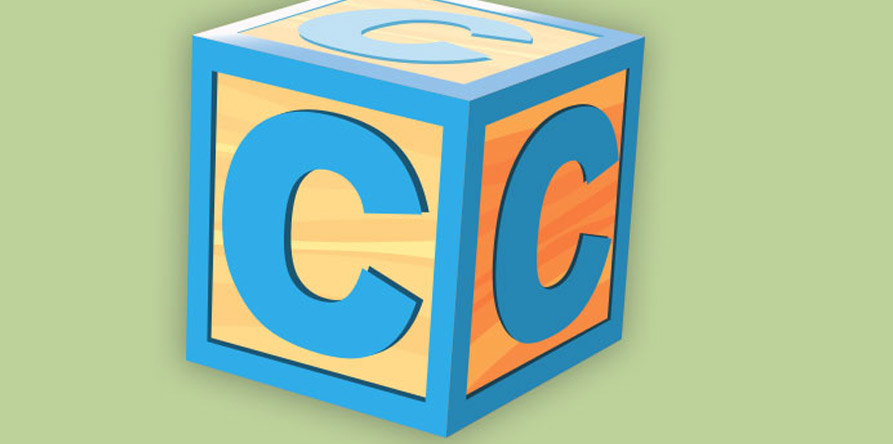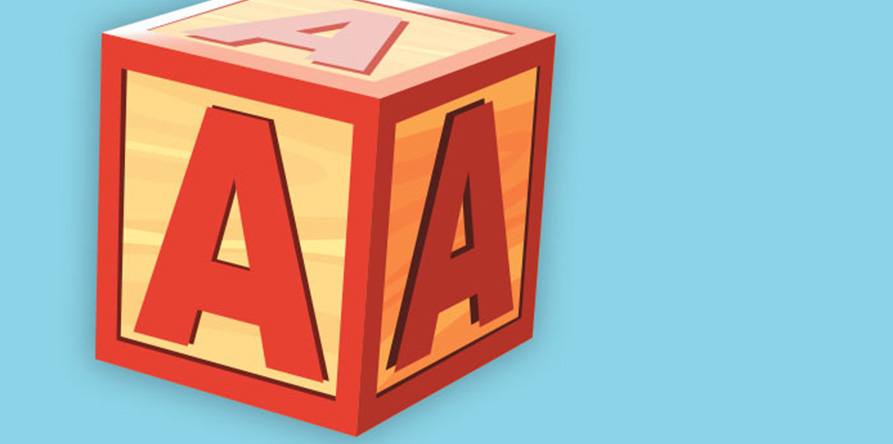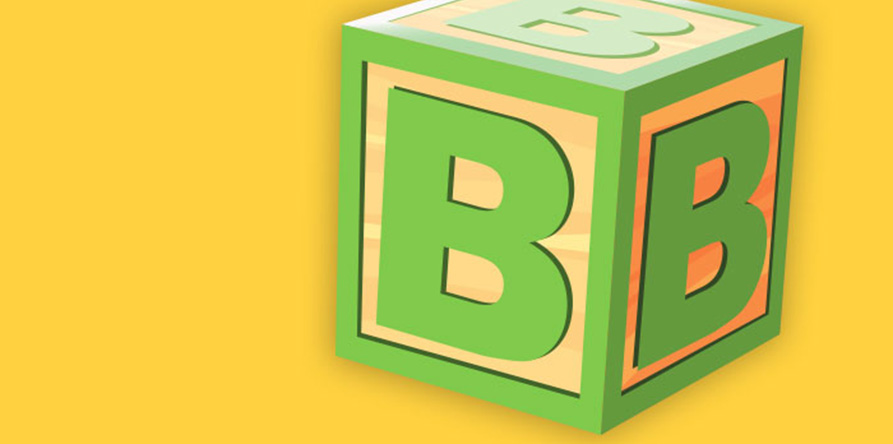
C - Contributions and cashing out an RESP
The ABCs of RESPs
C – Contributing and cashing out
What are the contribution limits?
As flexible as the RESP may be, the lifetime limit of $50,000 per child may not be enough to save for the full tuition, especially if your child chooses to study abroad, say, at an Ivy League school. If you contribute more than the $50,000 limit, you’ll have to pay a penalty worth 1% of the excess contribution per month. However, there is no limit to what the investments in the account can grow to, so you could end up with a lot more than $50,000 by the time you withdraw. If you think your child is headed for grad school or an expensive university abroad, you (and your child, once he or she is 18) might also consider using other savings vehicles, such as TFSAs, in addition to the RESP to help pay for schooling.
How do I apply for the CESG?
Receiving CESG payments is easy. Whoever you set up your account with, whether it’s an advisor, fund company or bank, will fill out all the paperwork needed to get the grants when you set up the account. Then keep an eye on the account to ensure the CESG is being deposited. It usually takes about a month after the contribution to show up in the account. If the CESG doesn’t appear, contact your financial institution or your advisor.
Can I still get grants if I start saving later?
Since CESG room begins to accumulate at birth, it is possible to carry forward unused grant room to increase the CESG paid in any one year. For example, if a child was born three years ago, there would be $2,000 of grant room ($500 for each of the three previous years, and $500 for the current year). If an RESP contribution is made in the current year, the maximum grant the RESP can receive is $1,000, but that would require a $5,000 contribution. Since CESG room accumulates yearly, you can strategize when and how much to contribute to play “catch up” – keeping in mind the yearly maximum CESG grant payout of $1,000. This is handy especially if you open an account much later. If you open the account when your child is nine, you’ll still have enough time to get all the CESG grants (again by contributing $5,000 per year) through their 17th birthday, to the $7,200 lifetime limit.
What’s the best way to put money away?
Automated monthly contributions offer a smart way to build up sufficient savings over time. That way you won’t forget to contribute – the money can automatically get taken off your pay cheque – and it will ensure you’re putting in enough to maximize government grants. This approach also harnesses the power of dollar-cost averaging, a time-tested investing strategy that spreads out your investment dollars over the course of a year so you don’t end up putting in a lump sum at the peak of the market.
Consider your time horizon
One big difference between education and retirement saving is the time horizon, which is rarely longer than the 17 or 18 years it takes for a newborn to reach college age. That means if you want to grow your funds more aggressively within an RESP, then you’ll likely need to do that early on, as you don’t want to risk having too much money in the typically volatile stock market too close to when you need those funds. By the time your kids are in their teens, you may want to shift your asset mix to a more conservative balance. Some financial institutions offer target-date funds that automatically adjust the allocation for you year after year so you’re not at risk of equity market volatility when it comes time to draw down the account.
What can RESP saving be used for?
Generally, you’ll use your RESP savings on tuition and books, but you are allowed to use the funds on any education-related costs. That can also include rent, meals, a laptop, a phone, bus passes, gas for a car – and the list goes on. You don’t usually have to specify how the money has been used.
What if my child goes to college in the U.S. or elsewhere?
Good news: beneficiaries attending approved foreign educational institutions are usually fully eligible for RESP funding. The institutions do have to meet three criteria:
- It gives out degrees at least at a bachelor’s degree level and according to the educational standards of the country the university is located in.
- Students need a high school degree to enrol.
- It’s set up for teaching, study and research in the higher branches of learning.
If this does apply to you, it’s worth reading through the Government of Canada’s website on enrolling in a school outside of the country.
What if they want to take a gap year?
Should the student choose to delay post-secondary studies or take a gap year midstream, you can put any expected withdrawals on hold. As mentioned, the account can be kept open for 36 years after it’s opened. However, if a student enrolls and doesn’t finish the first semester at school, and if a year then passes, he or she can only remove up to $8,000 in educational assistance payments (EAP, which includes the CESG and the growth portion of RESP savings) for the first 13 weeks after going back to school. (Or $2,500, if they’re at a specified educational program.) The student can withdraw more after being in school for 13 consecutive weeks.
Timing your withdrawals
When it comes to timing, consider the taxable income of the student. For instance, if he or she had a lucrative summer job or two co-op terms in one calendar year, you might want to defer the withdrawal into a tax year when the student’s income is lower, to minimize taxes owing.
How to get money out of your account
There are four steps to take when withdrawing:
- Contact your financial advisor to come up with a withdrawal strategy.
- You’ll have to do some paperwork before making a withdrawal, so don’t wait until the day before a tuition or residence fee is due to remove your funds.
- You will need to gather some documents before withdrawing, such as proof of enrolment.
- Education Assistance Payment (EAP) withdrawals, which are made up of CESG amounts, other grants and investment earnings, are taxable, so you’ll want to claim these while the student has little or no income. The withdrawal of your original contributions (the principal payment you invested every year) is non-taxable. A student can only remove $8,000 of EAP dollars in the first 13 weeks of attending a qualified educational program; after that time’s up, they can remove as much of the EAP as they want.
What if you don’t use it all?
Should your child choose not to go to an accredited post-secondary institution, or if there’s money left over in the account at the end of the program, those funds can typically be used as follows:
- With an individual plan, you may have the option to name another beneficiary, with some restrictions.
- If you have a family plan, another child under in plan can use the funds.
If you haven’t used the funds after 36 years, and the RESP needs to be collapsed, the following will happen:
- Any unused grant will be returned to the government.
- Capital contributions can be returned to the subscriber tax-free.
- The remaining balance, which represents growth and earnings, can be rolled into your RRSP (with some restrictions) or withdrawn in cash. Be aware, however, that this withdrawal is subject to income tax and a 20% penalty.
While it may seem as though there’s a lot to consider with an RESP, ultimately, your strategy is straightforward. Open it early, start saving, get those government grants, and then, voila, you’ll have most, if not all of, your children’s post-secondary schooling covered by the time they are ready to attend. You can then use your own savings to take them out for some dinners after they get tired of eating mac and cheese in their dorms or apartments all day.


